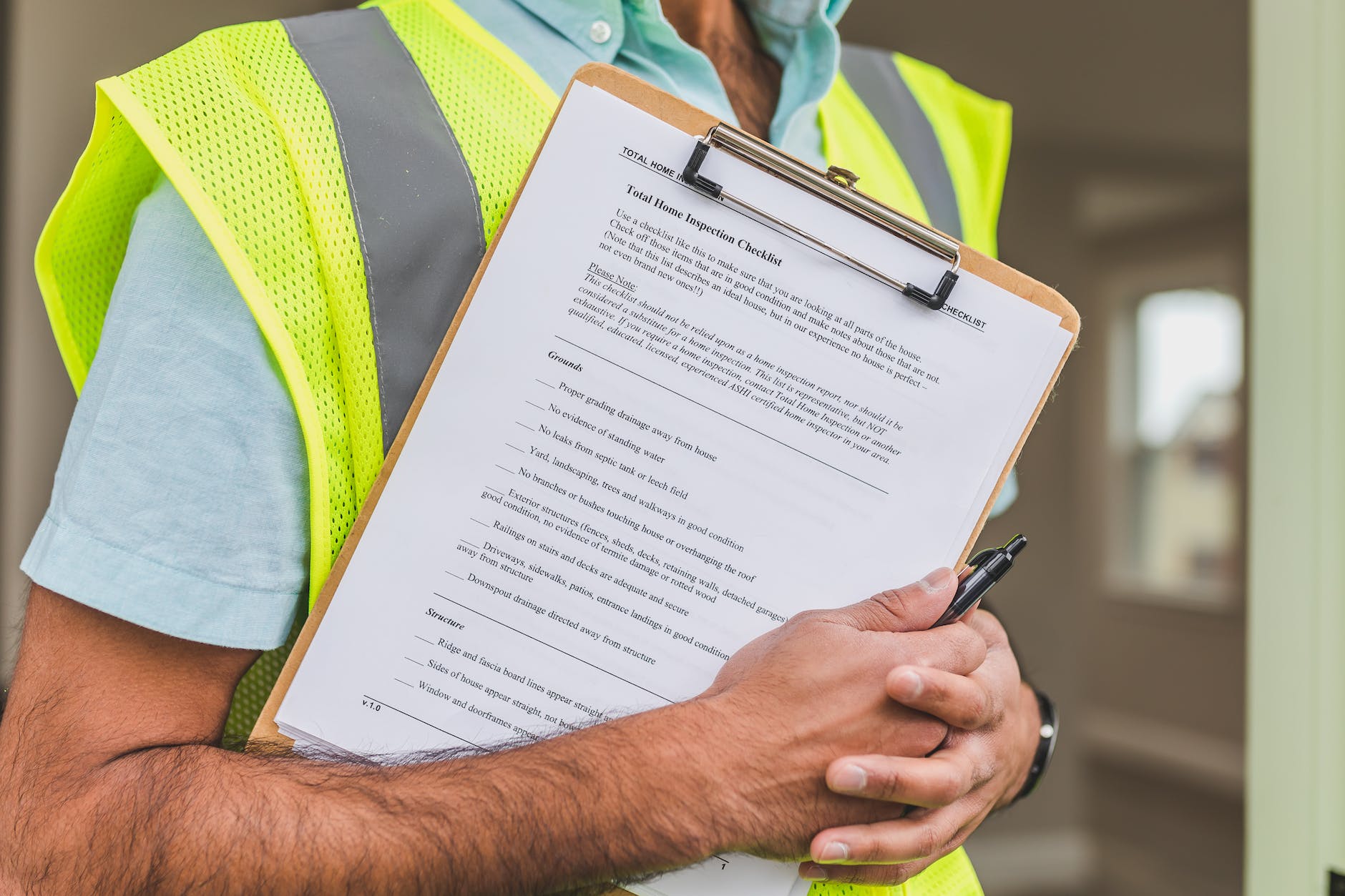
Restaurant Safety Checklist: Ensuring a Secure Dining Experience
Introduction
Restaurant Safety Checklist : In a world that’s increasingly focused on health and safety, restaurants need to prioritize the well-being of their customers and staff. A comprehensive restaurant safety checklist is an essential tool to ensure a secure dining experience. In this article, we’ll dive deep into the various aspects of restaurant safety and how a meticulous checklist can make all the difference.
Why Safety Matters in Restaurants
Safety is paramount in any establishment, but it’s especially critical in restaurants where food is prepared and served. A single lapse in safety measures can lead to dire consequences for both customers and the business itself.
Food Handling and Storage
Proper Food Storage
One of the foundational elements of restaurant safety is ensuring that food is stored at the correct temperature. This prevents the growth of harmful bacteria and keeps food fresh.
Hygienic Food Preparation
Maintaining proper hygiene during food preparation is vital to avoid cross-contamination. The checklist should include guidelines for hand-washing, glove usage, and sanitized food prep surfaces.
Kitchen Equipment Safety
Equipment Maintenance
Regular inspection and maintenance of kitchen equipment can prevent accidents caused by malfunctioning appliances.
Fire Safety
Having a well-maintained fire suppression system in the kitchen is crucial to prevent fires, and every staff member should be trained on its use.
Staff Training
Training Programs
All employees must be educated on safety procedures, from fire drills to first aid. A well-trained staff can react efficiently in emergencies.
Handling Customer Allergies
Staff should be knowledgeable about food allergies, and protocols should be in place to handle customer allergies safely.
Sanitization and Cleaning
Regular Cleaning Schedules
Cleanliness ensures a safe environment for both staff and customers. A checklist should include daily cleaning tasks and periodic deep cleaning.
Disinfecting Surfaces
Special attention should be given to frequently touched surfaces and dining areas to minimize the spread of germs.
Health Screening and Protocols
Employee Health
Regular health checks for staff and guidelines on when to stay home are essential to prevent the spread of illness.
Customer Health
Consider implementing screening measures for customers, such as temperature checks, when required by local health authorities.
Emergency Response
Evacuation Plans
Having a clear plan for evacuating customers in case of an emergency is essential.
First Aid Kits
First aid kits should be accessible and well-equipped to deal with common injuries.
Alcohol Service
Responsible Service
Servers should be trained to recognize when a customer has had enough to drink and to cut them off if necessary.
Legal Compliance
Licensing and Permits
Ensure that the restaurant has all the necessary permits and licenses to operate safely within the legal framework.
Customer Safety
Security Measures
Addressing customer safety concerns, including security personnel or surveillance systems, can enhance the dining experience.
Outdoor Dining
Weather Considerations
If the restaurant offers outdoor dining, the checklist should address weather-related safety concerns.
Pest Control
Regular Inspections
Pest control measures are crucial to prevent contamination of food and to maintain a clean dining environment.
Allergen Awareness
Menu Labeling
Clearly label menu items that contain common allergens to keep customers informed.
Training Feedback and Improvement
Regular Assessment
Feedback from staff can help refine safety procedures and identify areas that need improvement.
Conclusion
A restaurant safety checklist is not just a piece of paper; it’s a lifeline for your business. Prioritizing the safety of your customers and staff not only ensures a secure dining experience but also helps build trust and loyalty. By adhering to a comprehensive checklist, your restaurant can thrive in an era where safety is paramount.
Types of Work Permit System at Site
IS 17893 Work Permit System – Code of Practice 2023
All About Safety Policy at Workplace
5 Unique FAQs
1. What should be included in a restaurant’s fire safety checklist?
A restaurant’s fire safety checklist should cover items like fire suppression systems, evacuation routes, fire extinguisher locations, and staff training on fire safety procedures.
2. How often should a restaurant deep clean its kitchen?
It’s advisable to deep clean a restaurant kitchen at least once a month, but the frequency may vary depending on the volume of business and local health regulations.
3. What steps can a restaurant take to ensure customer allergies are handled safely?
Restaurants can implement allergen labeling on menus, educate staff about common allergens, and have clear protocols for handling customer allergies.
4. Why is pest control crucial for restaurant safety?
Pest control is vital to prevent contamination of food, maintain hygiene, and ensure a pleasant dining environment. Regular inspections and preventive measures are essential.
5. How can a restaurant improve its safety procedures?
Regular feedback from staff, continuous training, and staying up-to-date with safety regulations are key to improving safety procedures in a restaurant.
























